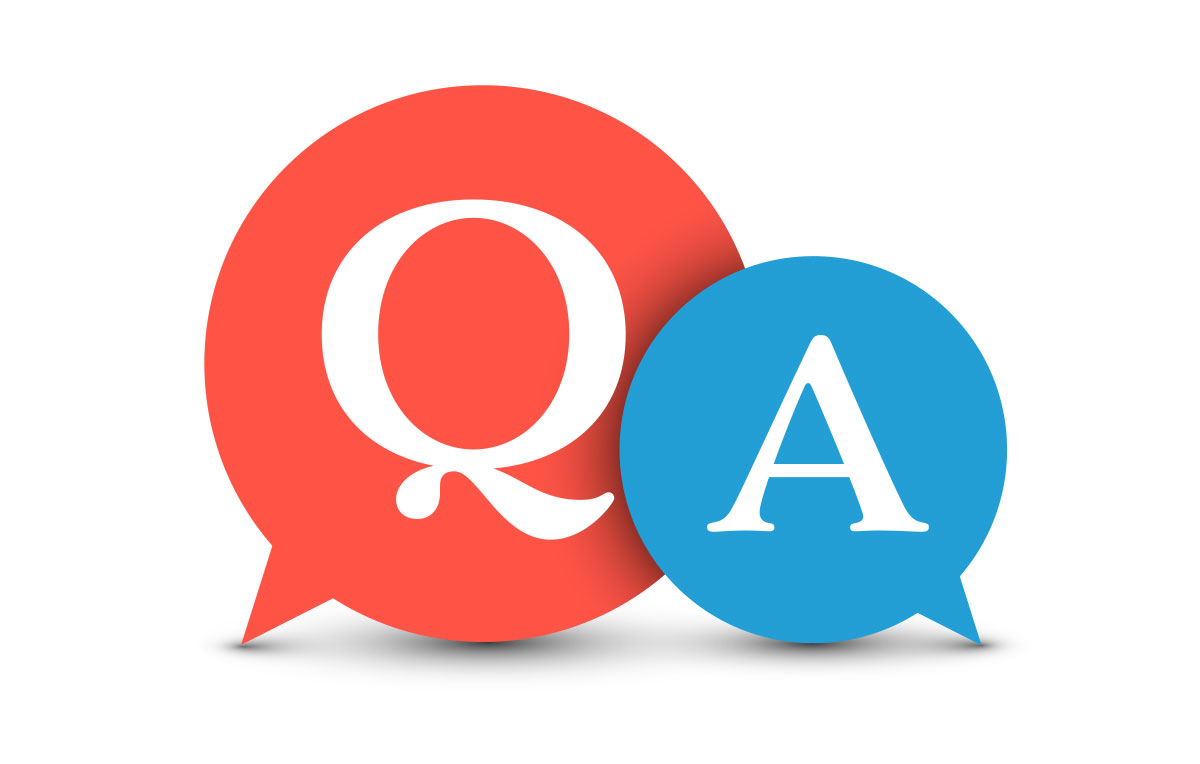Taken from the Online Editions of the UPC & UMC Answers & Analysis

SUBJECT: Control Valves SECTION: 606.5 (2021 UPC)
Question:
1. Does the term “appliance” used in the first sentence refer to an appliance as defined in chapter 2 or is it referring to a water supplying fixture?
2. If it is referring to water supplying fixture, does that include in-wall tub/shower valve, hose bibbs, washing machine stops and wall mounted fixtures such as kitchen faucets, pot fillers and lavatory ‘vessels’ fixtures which are typically hard piped are required to have control stops?
3. When the water distribution system is of parallel design does it require valves on each branch of the manifold even when a particular branch may not serve a traditional slip joint supplied fixture(i.e. shower fixture or hose bibb)?
Answer:
1. Yes. The term appliance, referenced in Section 606.5 of the 2015 Uniform Plumbing Code, is a plumbing appliance as defined in Section 218.
2. No. By definition, tub/shower valves, hose bibbs, washing machine stops, etc. would be considered fixture fittings.*
3. Per Section 606.5, parallel water distribution systems are required to have a shutoff valve for each fixture or appliance either at the manifold or at the fixture or appliance. When manifolds are located in areas that are not readily accessible, a valve is required at each individual fixture or appliance. When installing a parallel water distribution system, a valve is required on every fixture or appliance, regardless of the type of joint used to connect the fixture or appliance to the water distribution system.
*Section 208.0 Fixture Fitting – A device that controls and guides the flow of water.
SUBJECT: Multi-Dwelling Units
SECTION: 605.3 (2021 UPC)
Question:
If an individual unit in a multi-dwelling unit building was provided with shutoff valves/angle stops at every plumbing fixture in each and every unit — sinks, dishwasher, clothes washer, toilet, tub/shower, etc. — does an additional main water shutoff valve need to be installed at each unit?
Answer:
No. The intent of Section 605.3 of the 2009 Uniform Plumbing Code is to provide a means of shutting off the water to a single dwelling unit without disrupting the water supply to other dwelling units. This can be accomplished by installing a shutoff valve at the water distribution line(s) to each dwelling unit or by installing individual shutoff valves at each fixture and water fed appliance within the unit.
SUBJECT: Expansion Tanks and Combination Temperature and Pressure-Relief Valves
SECTION: 608.3 (2021 UPC)
Question:
Are there other acceptable devices that may be installed in lieu of an expansion tank to control thermal expansion?
Answer:
Acceptable methods to relieve thermal expansion, per Section 608.3, are listed thermal expansion tanks (listed to ANSI/NSF 61) and combination ball/relief valves (IAPMO Listing File #3998). There are also combination toilet fill/thermal expansion relief valves and pressure relief valves available but are not listed by IAPMO.
SUBJECT: Combustibles Within Ducts or Plenums
SECTION: 602.2 (2021 UMC)
Question:
1. Can fire sprinkler lines, black steel pipe, and cast-iron pipes penetrate through a garage exhaust duct?
2. Does section 602.2 only apply the construction of duct and plenum material?
Answer:
1. Yes, but only if the fire sprinkler lines and the cast iron pipe are associated with the function of the garage exhaust duct. Noncombustible material may not just pass through an exhaust duct. Section 602.2 specifically describes the use of non-combustible material in ducts or return air plenums (either ducted, or are part of the building, such as a cavity or concealed space). The listed exceptions and sections 602.2.1 through 602.2.4 pertain to use within the duct. Where required by section 506.8, sprinklers and other fire protection devices shall be installed within ducts having a cross-sectional dimension exceeding 10 inches, with non-metallic fire sprinkler piping to be listed and labeled for plenum use under the provisions of 602.2.2. The hangers and supports of the fire sprinkler piping within the duct are to be listed to UL 2043 if they are non-metallic (see also section 206.0).
In addition to the requirements of the UMC, section 309.4 states in part “…All materials shall be installed so as not to adversely affect the systems and equipment or the structure of the building…” therefore cast-iron pipes that penetrate through a garage exhaust duct would generally not be acceptable.
2. No, Section 602.2 applies to the construction of the duct and anything within the duct. This section does not only apply to the construction of duct and plenum material; it requires that any material exposed to the airstream in ducts and plenums exhibit specified surface-burning characteristics, i.e. the 25/50 flame read/smoke development rating.
Last modified: May 8, 2024

